Calligraphy's Magicians
Inside the quiet world of calligraphy, a robust subculture keeps the ancient craft alive by continuously evolving, blending tradition with innovation in unexpected ways.
Calligraphy's Magicians
Story by , Publisher and Editor-in-Chief
One of the things I love most about publishing a magazine on craftsmanship is that it continually leads me to little-known but fascinating subcultures.
Almost without fail, these communities are filled with highly talented sorts, who pursue their endeavors with uncommon passion and commitment. That was certainly the case, in extremis, when I dove recently into the world of calligraphy.
I know—the practice of calligraphy is no secret. First introduced in China, it has been around since 1600 BCE, and over the centuries took shape in one form or another in virtually every culture across the globe. What I didn’t know about—even though I’ve been fussing with fountain pens and my own versions of calligraphy since I was a teenager—are the craft’s complex dimensions behind the scene, and its numerous, much-admired innovators. By some measures, we might even be in the midst of a kind of calligraphy renaissance. Hundreds of different calligraphy societies are operating across the globe today, many growing vigorously. Perhaps most surprising, the craft seems to be attracting a new generation of young enthusiasts, particularly in the U.S.
One of the powerhouses in this community is an organization in San Francisco called The Friends of Calligraphy (FOC), which has been preserving, refining, and reinventing the calligraphic form for 50 years. As it happens, FOC’s Golden Anniversary coincided with a special show, called Kalligraphia, that the society only stages every third calendar year. The show includes a series of two-hour demonstrations and talks (held at the San Francisco Library’s main branch) that FOC offers to the public, at no charge, on Saturday afternoons through August. Year-round, FOC also offers classes, workshops, and lectures. Some of these offerings are in person, many are online.
When Kalligraphia opened, in early June, I visited its exhibition, which ran through a gallery on one of the library’s upper floors. The work ranged from gorgeous treatments of relatively familiar lettering, like the piece you see at the top of this post (which is not in the show, but is by the recently deceased and much beloved master calligrapher and longtime FOC member Ward Dunham) to full-blown pieces of art, either adorned with calligraphy or using calligraphy to make its own art.
The piece below, for example, which is by another recently deceased (and also much beloved) longtime FOC member named Alan Blackman, shows how inventively and naturally an alphabet, all by itself, can be turned into a stunning piece of art.
Subcultures, given their iconoclastic nature, have a tendency to beget sub-camps that disagree with each other, sometimes vehemently. The calligraphy community is no exception. “It generally breaks into two camps,” says Jody Meese, a veteran California calligrapher and the former president of the International Association of Master Penmen, Engrossers, and Teachers of Handwriting (IAMPETH). One camp attracts practitioners of “pointed pen” work—that’s the script you typically see in fine-lined, swirly lettering, originated in England in the 1600s and refined into three general styles: English Roundhand, Copperplate, and Spencerian script. The other camp is “broad nib” calligraphy, which uses stout, flat pen points. These nibs can deliver fine lettering, but they’re most commonly used for the big, blocky, Gothic text commonly seen in newspaper names (e.g., The New York Times), signs on old-world storefronts, and the like. Regarding these two camps, “It used to be that never the ’twain shall meet,” Meese says. But in the last few decades, as innovative calligraphers have sought to make their mark, they’ve been knocking down those walls.
In the piece below, Jody Meese takes her own step in this revolution—by combining pointed-pen work with broad-nib script in the same piece. “This would have been unheard of 10 or 15 years ago,” she told me.
If this innovation doesn’t strike you as a big deal, consider this tidbit about Ward Dunham, a giant bear of a man whose side hustles included working as a bartender and bouncer, and whose business card once read “Calligrapher/Thug.” Whenever an aspiring calligrapher pulled out pens typically used for fine lettering, Dunham would rib the poor scrivener for being “one of those PPPs”—in other words, in his eyes, calligraphy’s second-class citizens: “Pointed Pen People.”
This seems a little harsh. Pointed-pen calligraphy, when done right, requires significant skill. You need almost perfect hand control—first to vary pressure on the nib at just the right moment and pace (to gradually thicken, and then thin, the appropriate segment of a letter’s curves); then, in order to create all those swirly “flourishes” that are the script’s hallmark, you must sustain that precision while also embracing a sense of freedom and abandon. All without making any mistakes.
To see pointed pens take some of their finest forms, look at the work of Jake Weidmann, a young calligrapher in Colorado who is one of only 15 to ever earn certification, in IAMPETH’s 75-year history, as a “Master Penman.” And yes, those goofy-looking pens you see Weidmann wielding are the sort still used by most serious calligraphers (especially the PPPs).
If any of this inspires you to, shall we say, take your own dip into calligraphy, resources abound. The internet is now full of vendors selling all kinds of pens, ink, calligraphy paper, and various supporting supplies. These tools run from the relatively inexpensive, from big commercial outfits like Speedball, to the artisanal, such as the more ergonomic, finely shaped pen handles pictured below.
These “nib holders,” created from blends of resin and wood, are made by Francisco Montes, co-owner of Learncalligraphy. (It’s worth noting that the oddly shaped pens—which cost $125, have no ink storage capsule, and thus must be dipped in an inkwell to keep writing—are popular enough to allow Francisco to sell 600 to 700 a year.) Learncalligraphy’s other co-owner is Francisco’s wife, Kestrel Montes, who has become an entrepreneurial force in this community. A skilled calligrapher herself, Kestrel has filled the couple’s website with a wide variety of high-end supplies, calligraphy services, and online classes, some taught by some of the most accomplished calligraphers in the business. For those preferring in-person instruction, numerous other workshops and classes are offered by local calligraphy societies, which are dotted all over North America, Europe, and a handful of other regions of the world.
And, finally, there is the annual conference for IAMPETH, the queen of calligraphy societies. Each IAMPETH conference offers a variety of in-depth classes over the course of five days, some taught by some of the field’s top experts. “We’ve had two former White House Chief Calligraphers,” Meese told me—as well as, usually, a Master Penman. IAMPETH’s next conference will be held this July, in Norfolk, Virginia, but don’t even think about attending. Like all of this organization’s conferences, it sold out long ago.
Myself, I hope to catch IAMPETH’s next big conference (Salt Lake City, August 2026), and report back to you afterward in greater detail. Because this is just my kind of subculture—one built around beauty, high standards, and unusual skill with the hands.
ICYMI...
The Moral Lessons of a Fountain Pen
Story by
From timeless designs to artful inks, fountain pens offer much more than a simple method for putting words on paper: They illustrate the lasting values of craftsmanship.
Looking for an AI-Proof Career? The Trades are a Smart Choice.
Story by
While AI proceeds to decimate career paths, take heart: Not all jobs are at risk. Educators, and many others, are seeing the hands-on trades as skilled, high-paying careers that robots can’t replace.
Craftsmanship Magazine focuses on master artisans and innovators whose work informs our quest: to create a world built to last. In addition to our Substack offerings, you’ll find a rich archive of stories, podcasts, photo essays, and documentary shorts on our free website—along with community resources like our Artisans’ Directory, our guide to U.S.-based craft & folk schools, and much more.



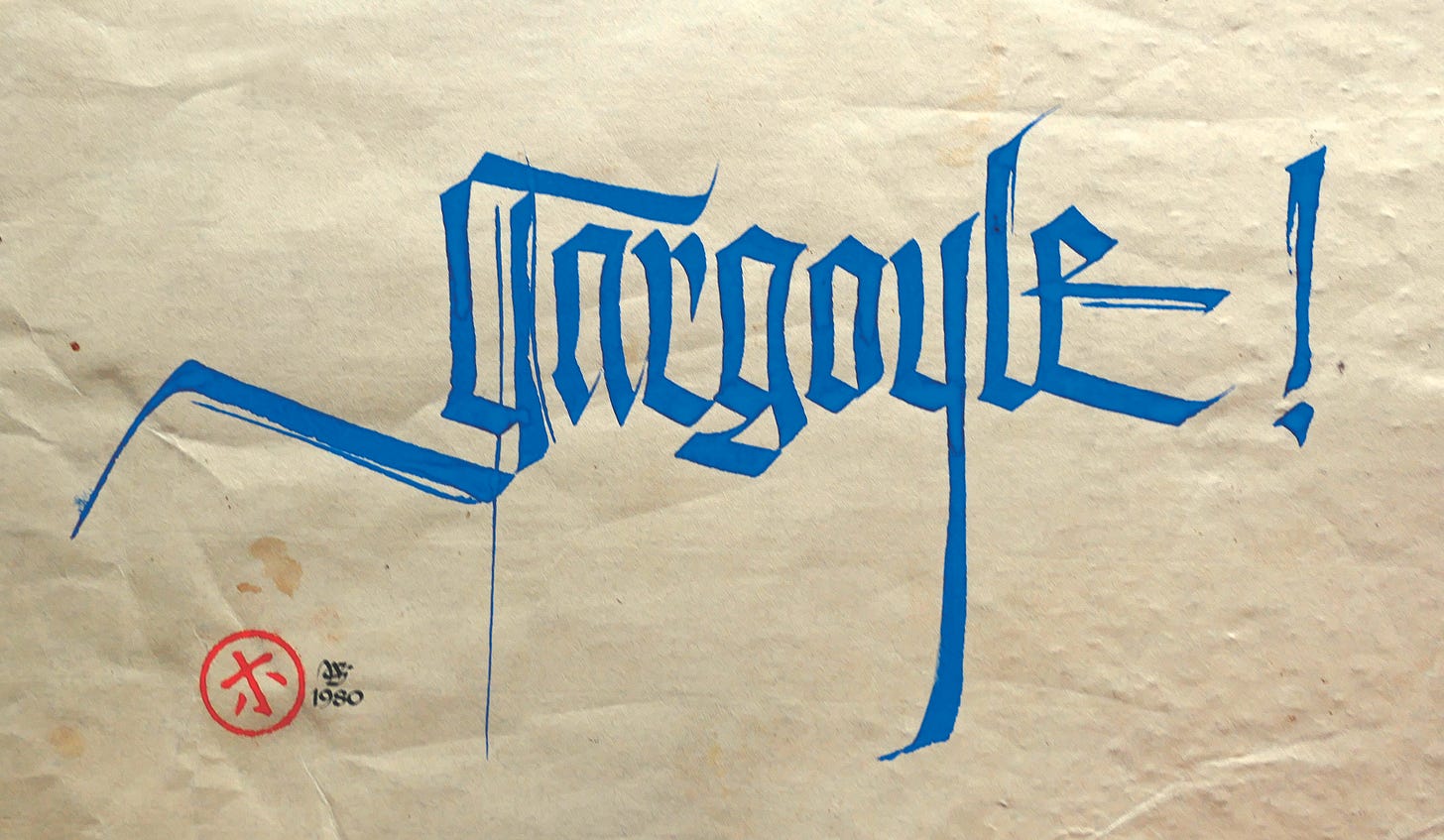
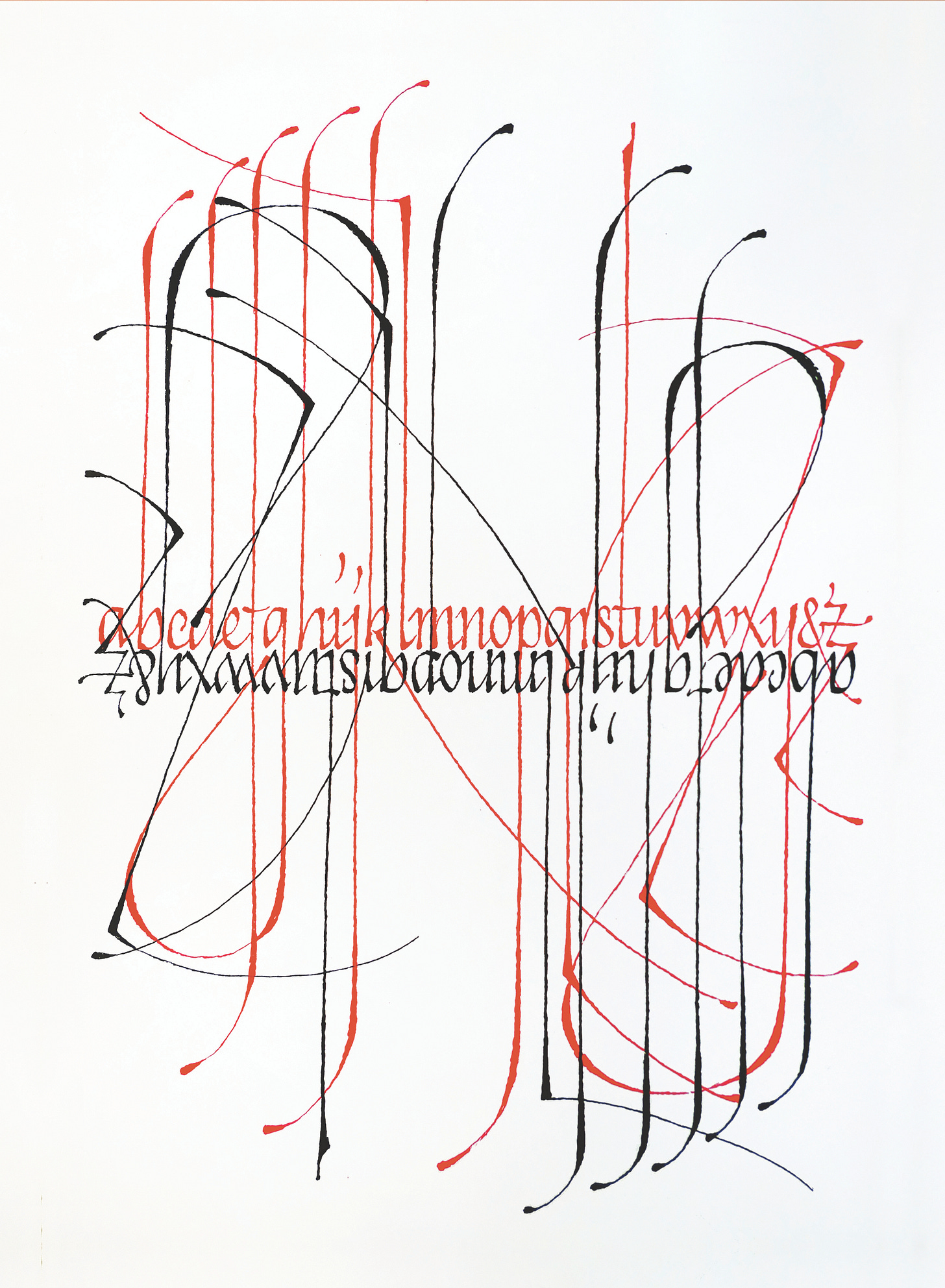
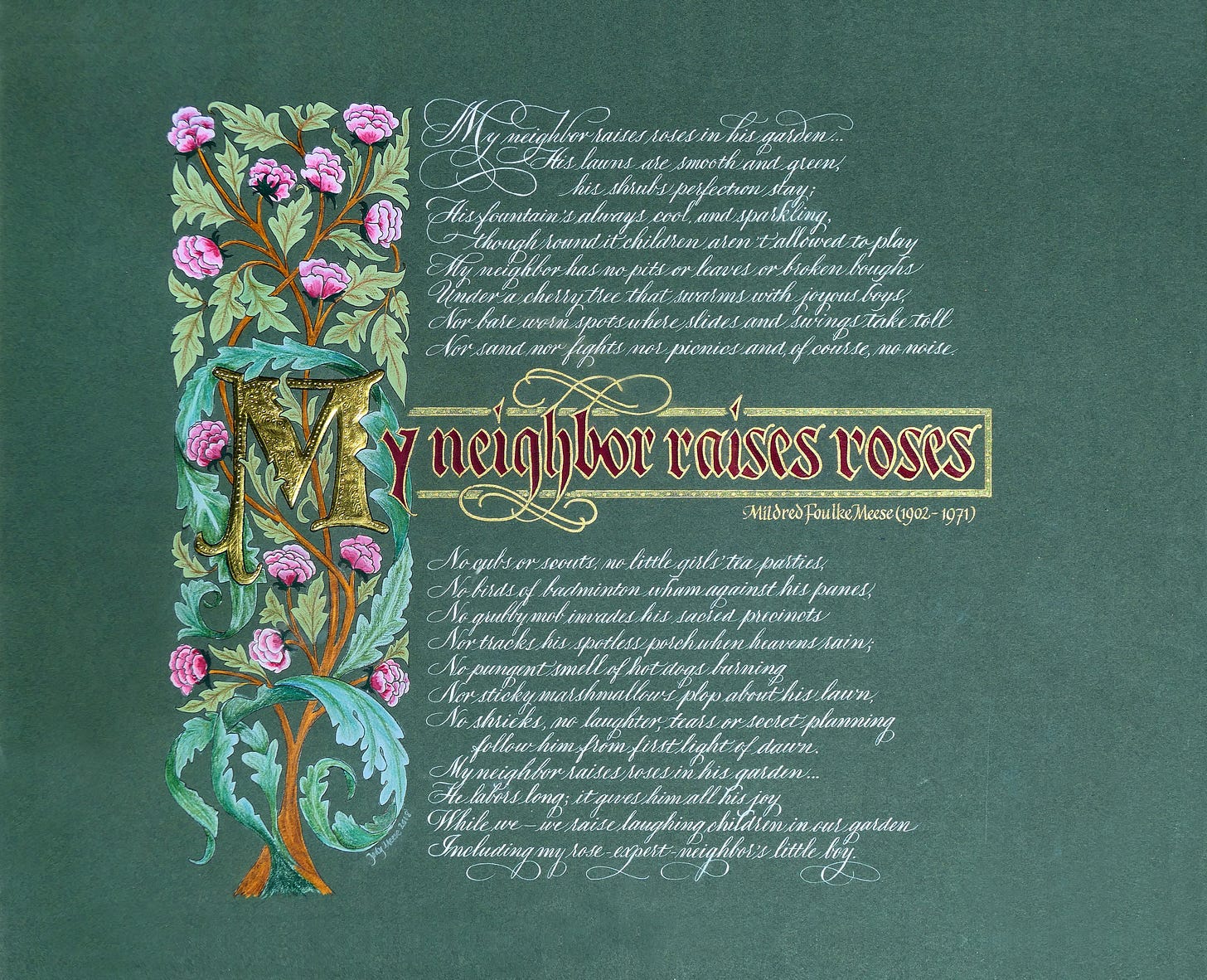


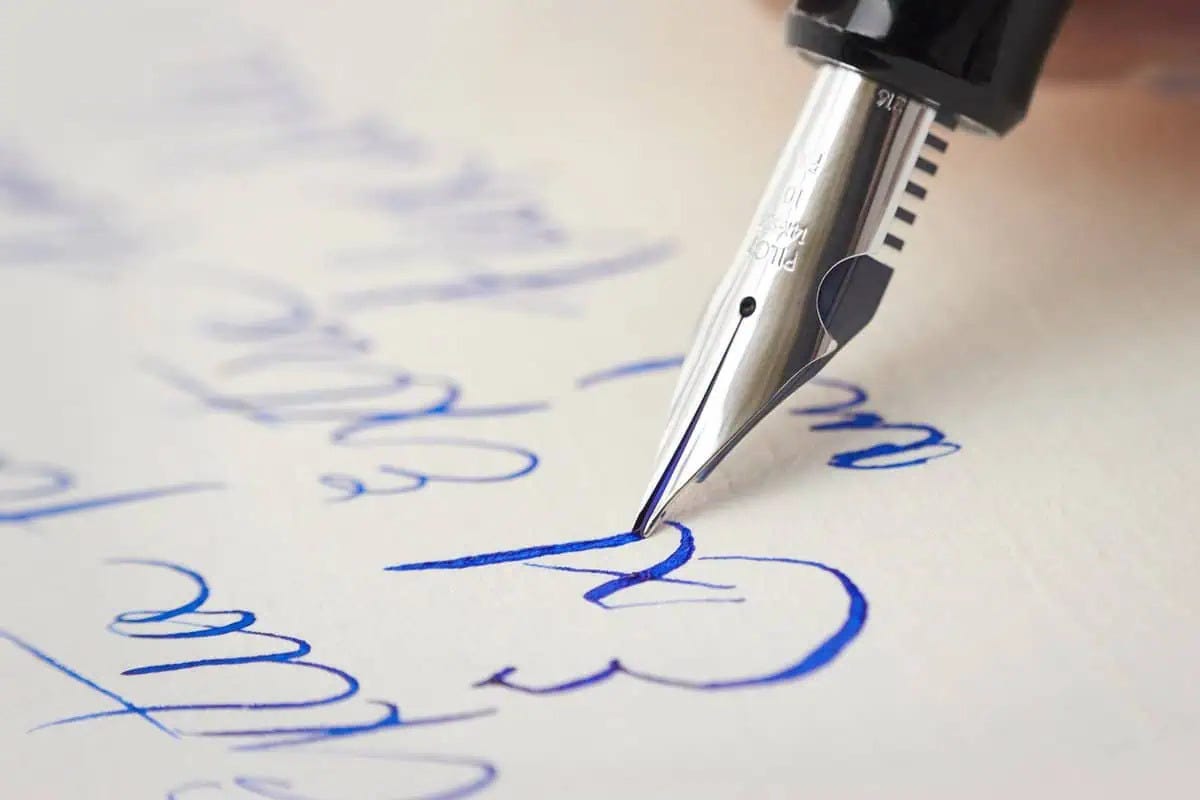
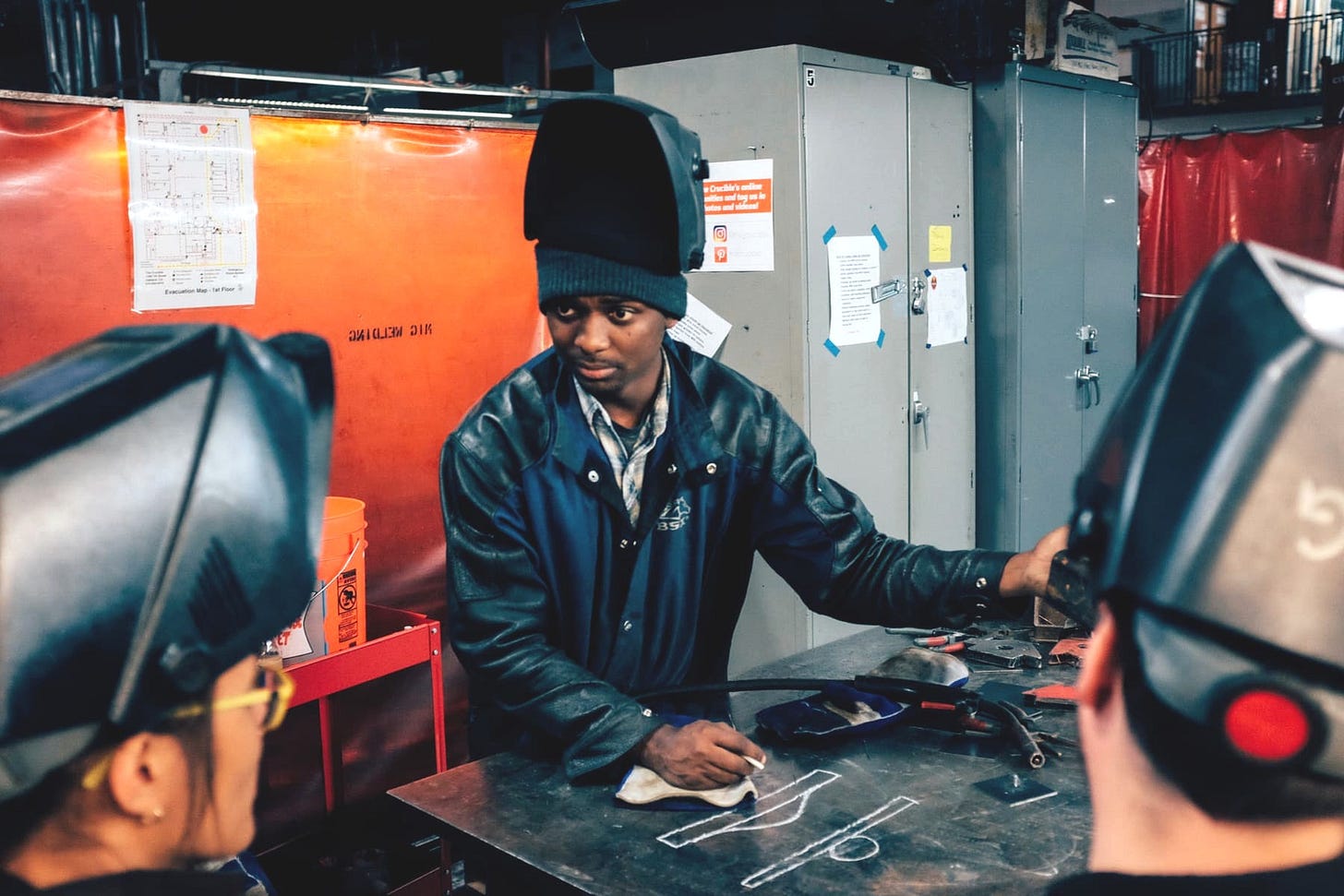

Hi, Todd,
It looks fine now. Thank you for having your team make that correction. I just wanted to make sure that Ward and I got properly credited.
By the way, where did you get the photo of my calligraphy? My website ? Instagram? Facebook ? It’s an old piece.
I think the author is a genius!